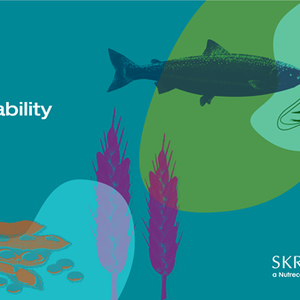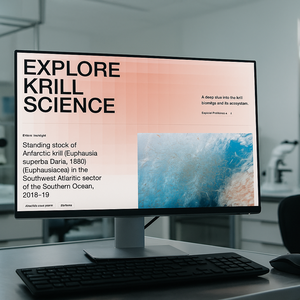In recent years, shrimp farming has suffered significant economic losses due to the emergence of a bacterial disease called acute hepatopancreatic necrosis disease (AHPND). It is caused by pathogenic strains of Vibrio parahaemolyticus (VPAHPND) that produce bacterial toxins. Shrimp exposure to AHPND-causing bacteria is hypothesized to be through the oral route, ingested into the gut where the bacteria initially colonized the stomach and then released the binary toxins to damage the hepatopancreas.
In view of changing global regulatory controls on the use of antibiotics, there is much interest in the development of functional aquafeeds. One innovative method to mitigate AHPND is to bind the bacterial toxins by adding adsorbent clay minerals into shrimp feeds so that toxins could be removed from the body via fecal expulsion.
Malaysian researchers performed a feeding trial using triplicate groups of Penaeus vannamei post-larvae (PL30) to evaluate the efficacy of a montmorillonite (MMT) clay [Calibrin®-Z (CL)] on growth, gut health and disease resistance to AHPND.
The addition of 0.25% or 0.50% CL did not significantly impact growth and feed utilization efficiency compared to control groups fed diets with 0% CL. When challenged with VPAHPND, survival of shrimp fed 0.25% or 0.50% CL was 83.3 ± 5.5% and 93.8 ± 0.1%, respectively, and were significantly higher compared to the VPAHPND-challenged positive control group (39.6 ± 10.4%) but not significantly different compared to the unchallenged negative control group (95.8 ± 2.1%).
In terms of Vibrio and total cultivable bacteria counts in the hepatopancreas, shrimp fed CL-added diets were significantly lower compared to positive control. Hepatopancreas histopathology of infected shrimp fed CL-added diets showed less damage.
During AHPND infection, bacterial diversity was depressed but dietary CL tended to restore stomach bacterial richness and α -diversity index. Dietary CL modulated the stomach bacterial community possibly with a beneficial impact on shrimp survival. At the phylum level, Proteobacteria and Bacteroidetes were the main groups but the relative abundance of Verrucomicrobia, Acidobacteria and Firmicutes was more prevalent in the microbiota of shrimp fed CL-added diets. Bacteria of the genus Pseudoalteromonas, Tenacibaculum, and Marinimicrobium were identified as members of the healthy microbiota and Lysobacter was observed to be relatively enriched in AHPND-infected shrimp. Demequina was identified as a potential biomarker and was significantly enriched in the stomach of the CL-added groups.
Researchers said that this is the first published report on the effectiveness of dietary clay in AHPND mitigation. “Dietary MMT can be used as an alternative to antibiotics for the mitigation and prevention of the AHPND pandemic in shrimp aquaculture. It provides a natural solution to a present critical problem in shrimp farming sustainability. In the present study, we intentionally used shrimp sizes that are known to be most vulnerable to AHPND in the production cycle.”
“Based on the laboratory results, we would suggest that CL at dietary levels of at least 0.25% be added in commercial shrimp feeds as an ‘insurance policy’ against production and economic losses from potential AHPND outbreaks in shrimp farms,” researchers concluded.
Watch a presentation of the study at the 11th Symposium on Diseases in Asian Aquaculture here.
Reference:
Wing-Keong Ng, Mei-Ling Mong, Abdul-Azim Abdul-Hamid. 2023. Dietary montmorillonite clay improved Penaeus vannamei survival from acute hepatopancreatic necrosis disease and modulated stomach microbiota. Animal Feed Science and Technology, Volume 297, 2023, 115581, ISSN 0377-8401. doi.org/10.1016/j.anifeedsci.2023.115581













